5 Key Steps of the Sliding Filament Model
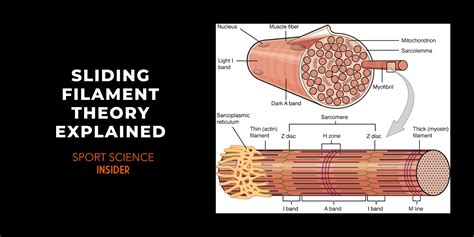
The Sliding Filament Model: A Comprehensive Overview
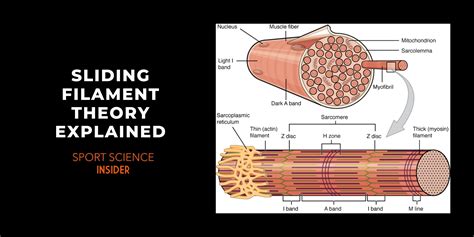
The sliding filament model is a widely accepted theory that explains the mechanism of muscle contraction. This model describes how the interaction between actin and myosin filaments leads to muscle contraction. In this article, we will delve into the 5 key steps of the sliding filament model, providing a detailed explanation of each step.
Step 1: Muscle Excitation and Calcium Release
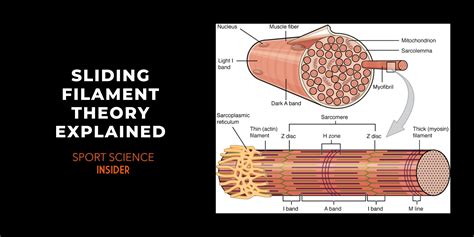
The process of muscle contraction begins with muscle excitation. When a motor neuron stimulates a muscle fiber, it triggers an action potential that travels along the muscle fiber. This action potential causes the release of calcium ions from the sarcoplasmic reticulum, a type of smooth endoplasmic reticulum found in muscle cells. The calcium ions then bind to troponin, a protein complex that plays a crucial role in the regulation of muscle contraction.
Key Players:
- Motor neuron
- Muscle fiber
- Action potential
- Calcium ions
- Troponin
Step 2: Binding of Myosin Heads to Actin Filaments
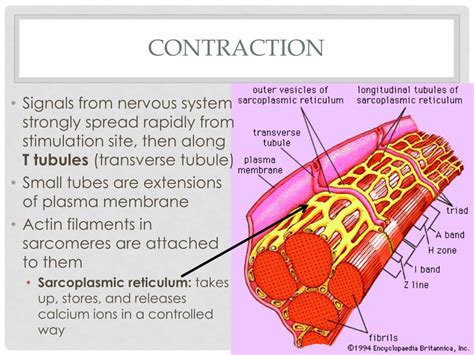
As the calcium ions bind to troponin, the tropomyosin molecules that wrap around the actin filaments undergo a conformational change. This change exposes the myosin binding sites on the actin filaments, allowing the myosin heads to bind to the actin filaments. The myosin heads, also known as cross-bridges, are the parts of the myosin molecule that interact with the actin filaments.
Key Players:
- Calcium ions
- Troponin
- Tropomyosin
- Myosin heads (cross-bridges)
- Actin filaments
Step 3: Power Stroke and Sliding of Filaments

As the myosin heads bind to the actin filaments, they undergo a power stroke, during which they change their shape and pull the actin filaments along the myosin filaments. This movement causes the actin filaments to slide along the myosin filaments, resulting in muscle contraction. The power stroke is fueled by the energy released from the hydrolysis of ATP (adenosine triphosphate).
Key Players:
- Myosin heads (cross-bridges)
- Actin filaments
- Myosin filaments
- ATP (adenosine triphosphate)
Step 4: Release of Myosin Heads and Relaxation
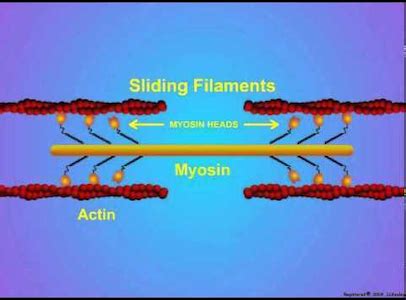
As the muscle contraction reaches its peak, the myosin heads release from the actin filaments, and the tropomyosin molecules return to their original position, blocking the myosin binding sites on the actin filaments. This release of myosin heads and the return of tropomyosin to its original position allow the muscle to relax.
Key Players:
- Myosin heads (cross-bridges)
- Actin filaments
- Tropomyosin
- Calcium ions
Step 5: Re-priming of Myosin Heads
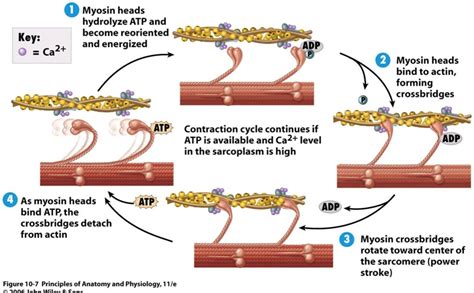
After the muscle relaxation, the myosin heads return to their original position, ready to bind to the actin filaments again. This re-priming of myosin heads is necessary for the next muscle contraction. The re-priming process is fueled by the energy released from the hydrolysis of ATP.
Key Players:
- Myosin heads (cross-bridges)
- ATP (adenosine triphosphate)
| Step | Description |
|---|---|
| 1 | Muscle excitation and calcium release |
| 2 | Binding of myosin heads to actin filaments |
| 3 | Power stroke and sliding of filaments |
| 4 | Release of myosin heads and relaxation |
| 5 | Re-priming of myosin heads |

In conclusion, the sliding filament model provides a comprehensive explanation of the mechanism of muscle contraction. By understanding the 5 key steps of this model, we can gain insight into the complex processes that occur within muscle cells. The sliding filament model is a fundamental concept in the field of physiology and has numerous implications for our understanding of muscle function and disease.
What is the sliding filament model?
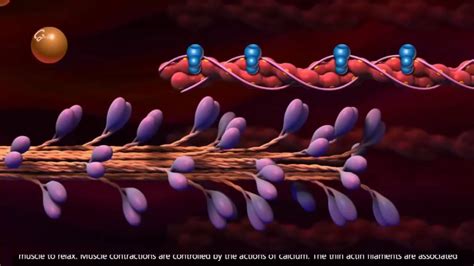
+
The sliding filament model is a theory that explains the mechanism of muscle contraction. It describes how the interaction between actin and myosin filaments leads to muscle contraction.
What is the role of calcium ions in muscle contraction?
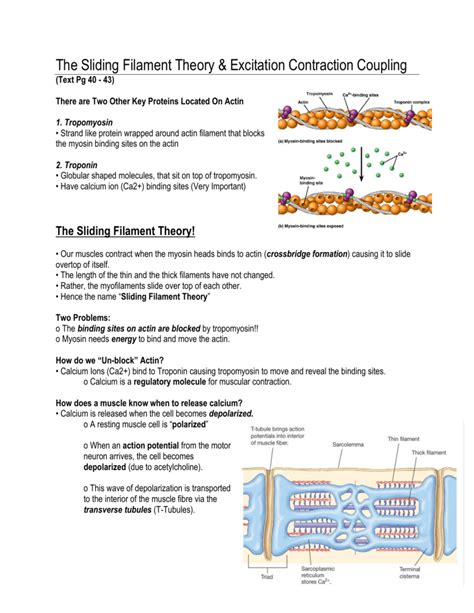
+
Calcium ions play a crucial role in muscle contraction by binding to troponin and triggering the release of myosin heads from the actin filaments.
What is the power stroke in muscle contraction?
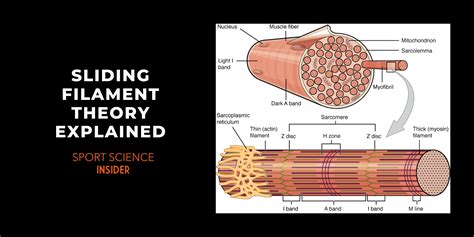
+
The power stroke is the movement of the myosin heads as they pull the actin filaments along the myosin filaments, resulting in muscle contraction.


